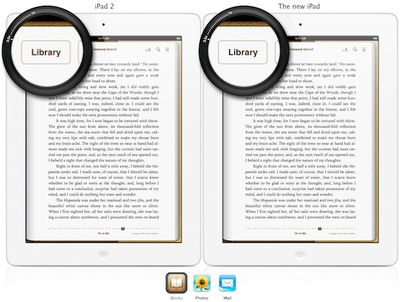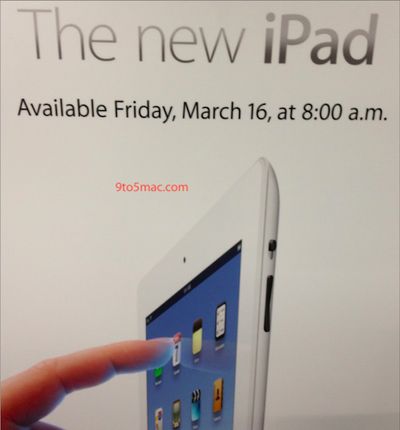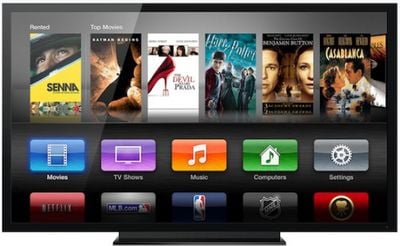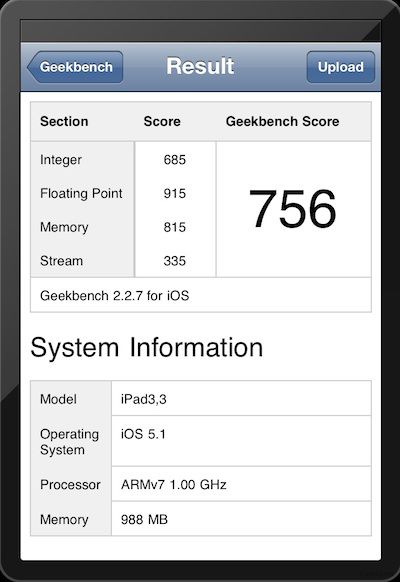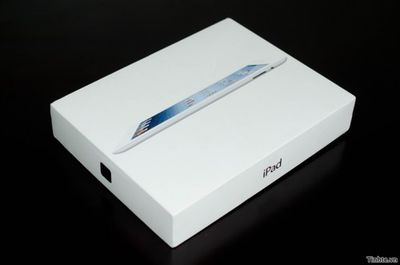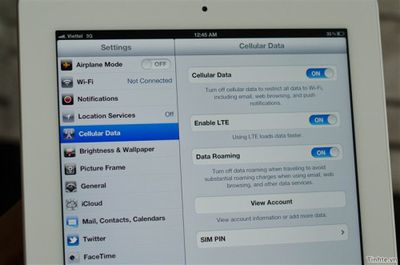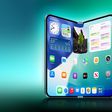Apple today officially announced that the new iPad will launch at 8:00 AM local time on Friday in the United States and nine other countries. The first hints of an 8:00 AM launch surfaced earlier this week with the grand opening time of Apple's new Highland Village retail store in Houston, and the time was essentially confirmed yesterday with a leaked photo of Apple retail store signage announcing the launch time.
Apple today announced the new iPad, the third generation of its category defining mobile device, will arrive at Apple’s retail stores and the Apple Online Store (www.apple.com) on Friday, March 16 at 8:00 a.m. local time in the US, Australia, Canada, France, Germany, Hong Kong, Japan, Singapore, Switzerland and the UK; along with Puerto Rico and the US Virgin Islands.
Apple also notes that customers purchasing the new iPad will receive free Personal Setup to get their new device up and running, while promoting Personal Pickup options available through the Apple Store app for iOS devices.

Finally, the company confirms that the new iPad will be available from Best Buy, RadioShack, Sam’s Club, Target and Walmart in the United States. Carriers AT&T and Verizon have also announced that they will be offering 4G models of the new iPad beginning with Friday's launch date.


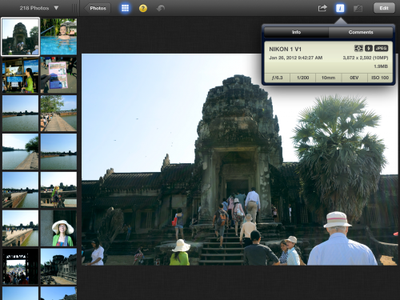

 Formula One's official timing apps have
Formula One's official timing apps have 

 Following
Following 
 Camera+, the
Camera+, the 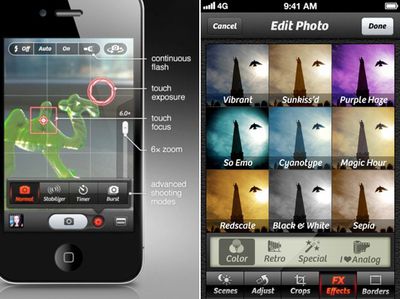
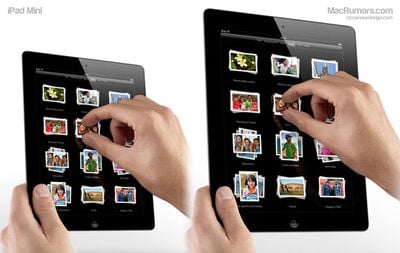

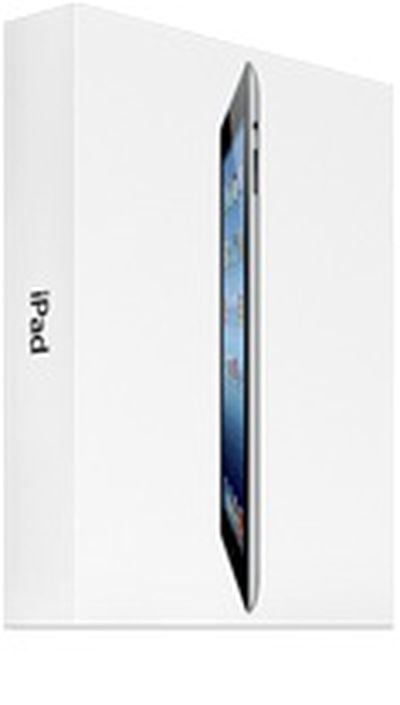 Research firm IDC today
Research firm IDC today 